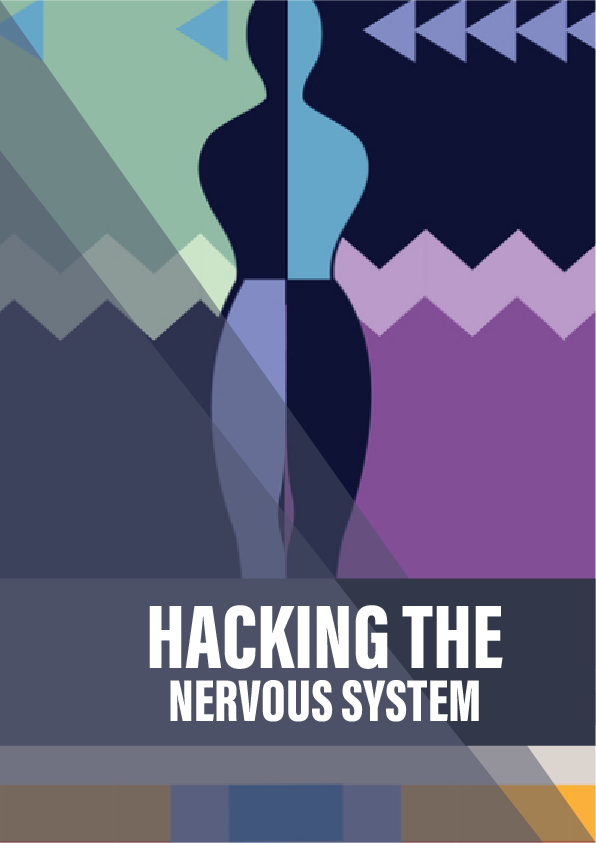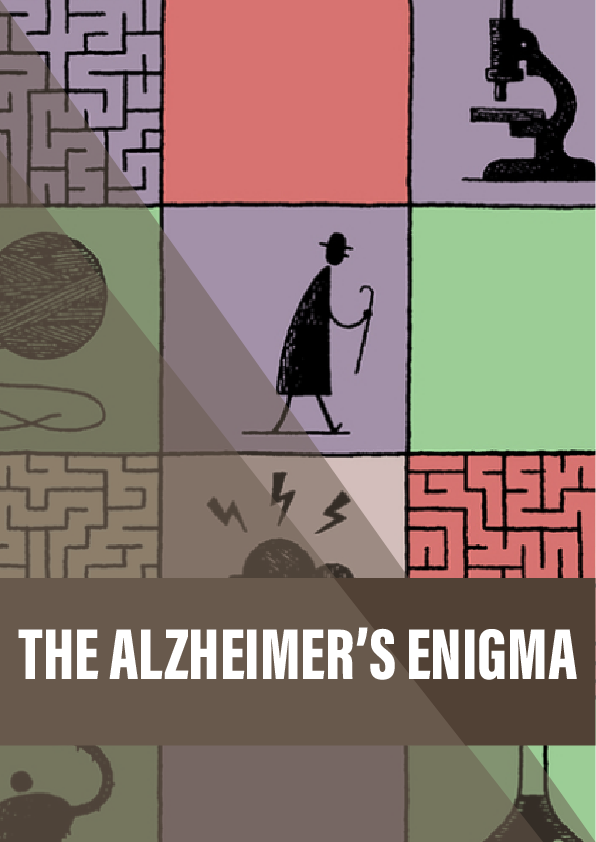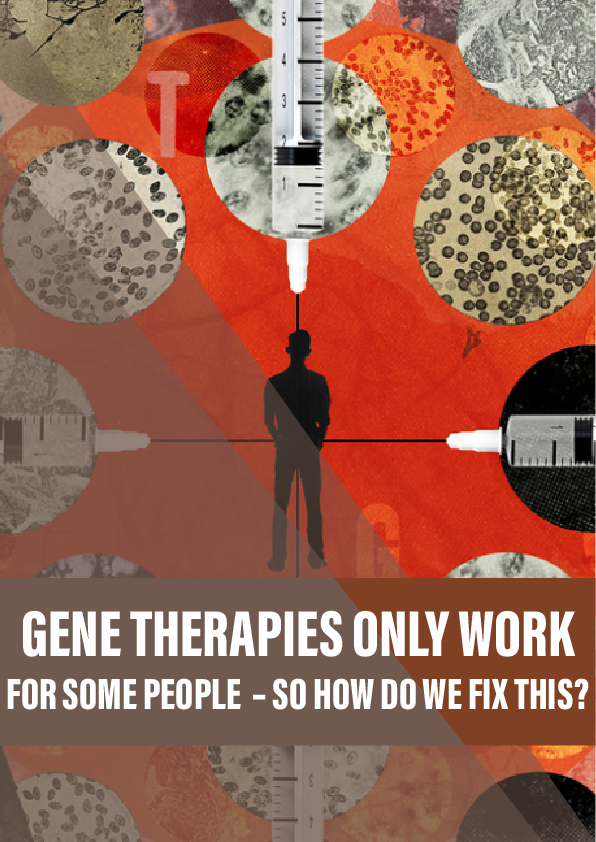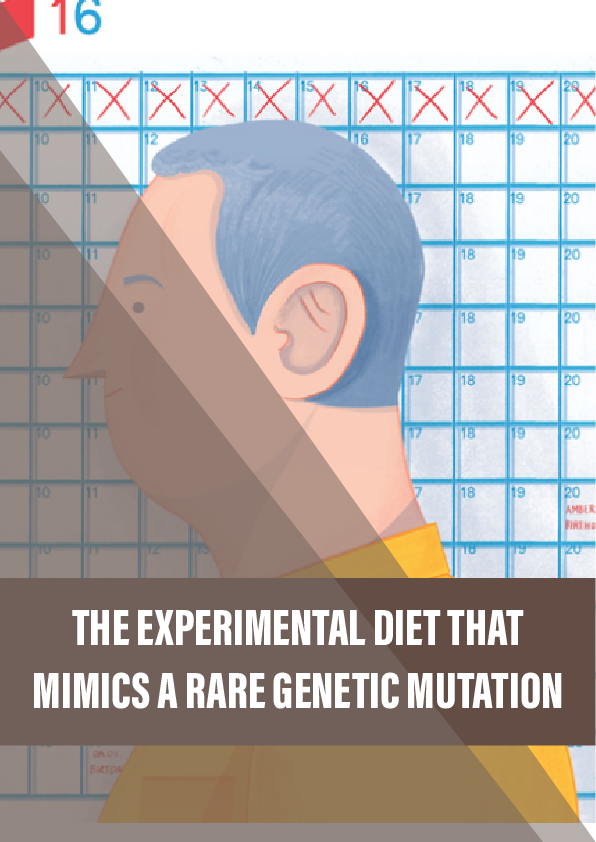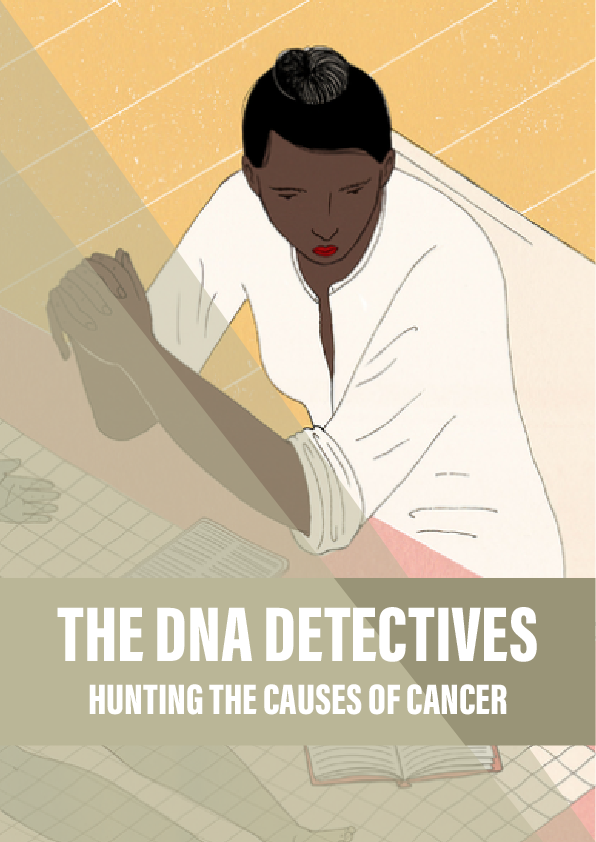One nerve connects your vital organs, sensing and shaping your health. If we learn to control it, the future of medicine will be electric. By Gaia Vince.
When Maria Vrind, a former gymnast from Volendam in the Netherlands, found that the only way she could put her socks on in the morning was to lie on her back with her feet in the air, she had to accept that things had reached a crisis point. “I had become so stiff I couldn’t stand up,” she says. “It was a great shock because I’m such an active person.”
It was 1993. Vrind was in her late 40s and working two jobs, athletics coach and a carer for disabled people, but her condition now began taking over her life. “I had to stop my jobs and look for another one as I became increasingly disabled myself.” By the time she was diagnosed, seven years later, she was in severe pain and couldn’t walk any more. Her knees, ankles, wrists, elbows and shoulder joints were hot and inflamed. It was rheumatoid arthritis, a common but incurable autoimmune disorder in which the body attacks its own cells, in this case the lining of the joints, producing chronic inflammation and bone deformity.
Waiting rooms outside rheumatoid arthritis clinics used to be full of people in wheelchairs. That doesn’t happen as much now because of a new wave of drugs called biopharmaceuticals – such as highly targeted, genetically engineered proteins – which can really help. Not everyone feels better, however: even in countries with the best healthcare, at least 50 per cent of patients continue to suffer symptoms.
Like many patients, Vrind was given several different medications, including painkillers, a cancer drug called methotrexate to dampen her entire immune system, and biopharmaceuticals to block the production of specific inflammatory proteins. The drugs did their job well enough – at least, they did until one day in 2011, when they stopped working.
Reference:
- Gaia Vince made a BBC Radio 4 programme about this topic, first broadcast in November 2014.
- Kevin Tracey wrote about his work in the March 2015 issue of Scientific American.
- A 2012 review of neural reflexes in inflammation and immunity by Tracey.
- And a 2002 review by Tracey in which he predicts vagal modulation could be used to treat inflammatory disease.
- Barbara Fredrickson and Bethany Kok’s research on positive emotions and vagal tone.
